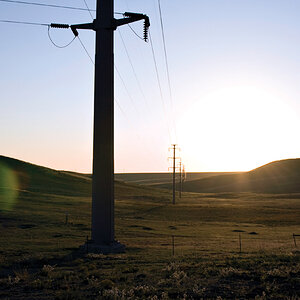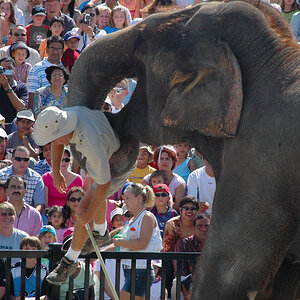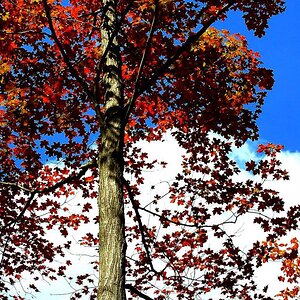AceCo55
No longer a newbie, moving up!
- Joined
- Jan 22, 2012
- Messages
- 585
- Reaction score
- 117
- Location
- South Australia
- Can others edit my Photos
- Photos NOT OK to edit
Sheesh! Folks the reason low dpi is important on the web is for FAST loading! Try and focus WEB WEB WEB!
... a file of 100K will load faster than a 1M file! nuff said.
Sorry, you have a misconception about ppi affecting file size.
File size is NOT determined, in any way what-so-ever, by the ppi value.
File size is determined by 2 things:
Actual pixel dimensions of the image
The level of "compression" chosen (ie the "quality" level that is chosen when saving ... or if using "Save for Web" or "Export" by the quality level you choose there)
(there is also the content that can change file size but let's not confuse the issue for the moment)
Changing the ppi from 300ppi to 72ppi will have NO affect at all - UNLESS you are forcing the software to "resample" - in THAT case the smaller file size comes from actually throwing away pixels so that the pixel dimensions are now less. Perhaps this is what may be confusing you?




![[No title]](/data/xfmg/thumbnail/38/38722-8003d9d84f1c7164b5c8f2b884c2e428.jpg?1619738702)
![[No title]](/data/xfmg/thumbnail/38/38726-c2f92932ae847f22fd6548bf87263976.jpg?1619738702)
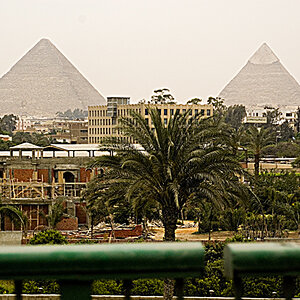
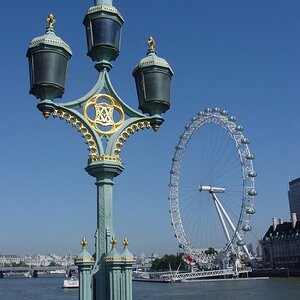
![[No title]](/data/xfmg/thumbnail/32/32719-7d42e7d7077540fabb3fa0275a99899a.jpg?1619735625)


![[No title]](/data/xfmg/thumbnail/32/32632-476f3d925401f13cffe1cc2b41945614.jpg?1619735553)
